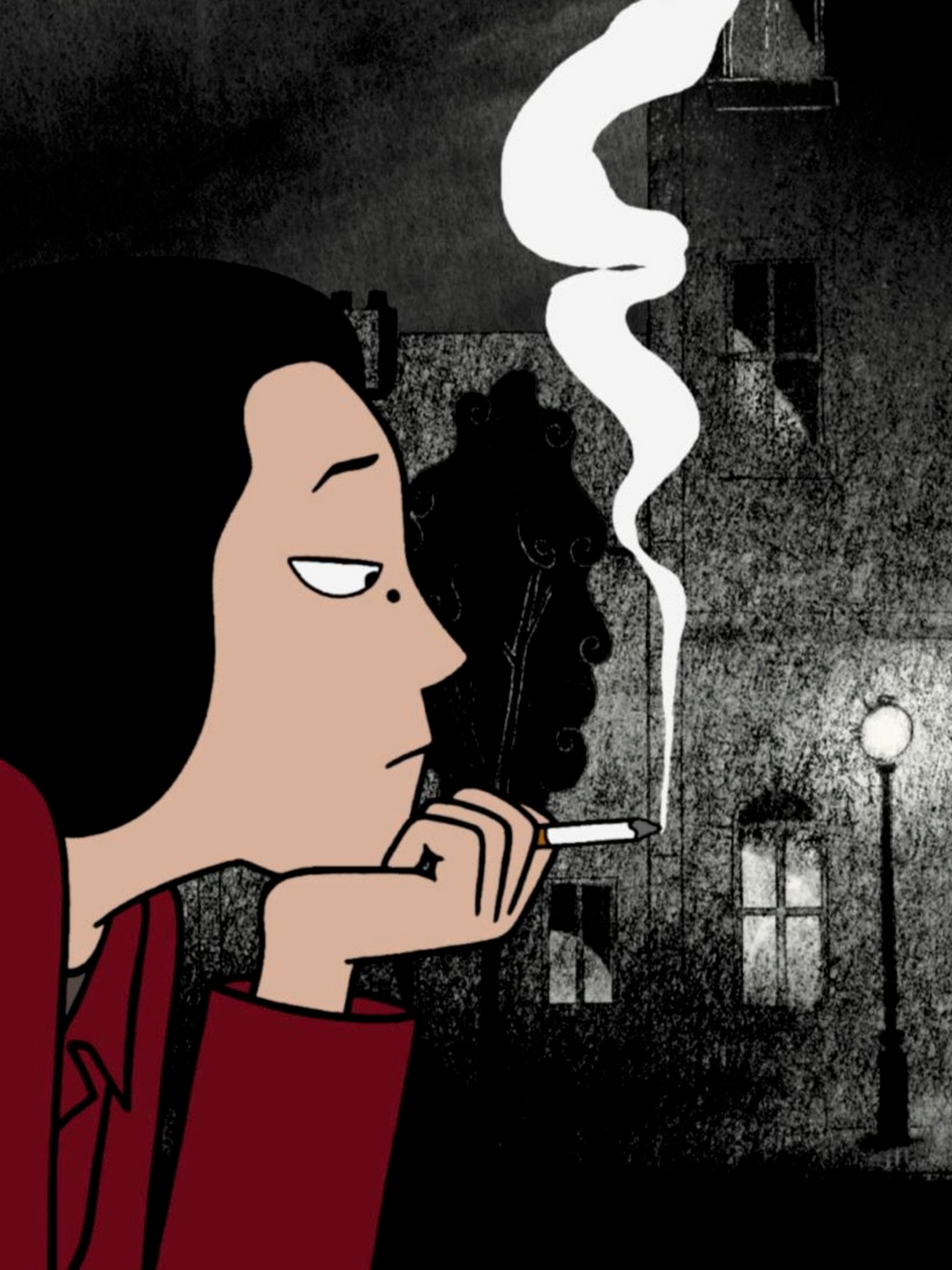TIFF 2024 was packed with highly anticipated films, many of which had elements of body horror in the narrative. Having interned at Blumhouse Productions' Film Development department in Spring 2023, I developed a succinct understanding for this genre, learning firsthand from producers how current trends can be used as a vessel for psychological storytelling. As I immersed myself in the festival as an industry member, I couldn’t help but notice how filmmakers have increasingly leaned into this genre to tear apart human anxieties. Out of the 15 films I watched, four were unmistakable entries into the body horror canon, and several others teased the genre through their loglines alone. This significant presence left me contemplating: what is it about this moment in cinema that calls for such visceral storytelling?
At its core, body horror has always been about more than just physical transformation. It’s a genre that taps into the anxieties we hold about our bodies, often symbolizing deeper psychological or societal fears. In many ways, these films utilize the ‘show, don’t tell’ strategy that all filmmakers strive for. They show the desperate lengths all these characters go to in order to hide visible imperfections on their bodies. As I sat through several films that twisted and contorted human bodies on screen, each narrative differed in what they believed imperfections to be. Characters were ashamed of their traumas, appearances, relationships, and positions in society.
One of the most anticipated TIFF films in this genre was Nightbitch, directed by Marielle Heller and starring Amy Adams. Unfortunately, I didn’t get the chance to see it while I was at TIFF, but I was constantly hearing praises about it from those who managed to get into a screening. The film follows a mother slowly transforming into a dog, exploring themes of motherhood, identity, and the physical toll of caregiving. I’m excited to see how Heller, previously known for her deeply empathetic and emotionally charged dramas, handles this shift to body horror.
Shell, starring Elisabeth Moss and Kate Hudson, was another body horror film high on my list. Sadly, it turned out to be a disappointment. The film's premise—an aging actress using a "Goop-like" treatment to maintain her youth—quickly descended into absurdity, with little narrative substance to back it up. As Moss’s character begins to get purple mutations all over her body, the film’s potential is squandered by poor writing. Despite a stellar cast, the film serves as a reminder that even the most interesting concept can fall flat without a strong script. Shell felt like a haphazard commentary on the pressures of youth and beauty in Hollywood, but executed with none of the nuance or ‘campy’ horror it deserved.
The Substance, directed and written by Coralie Fargeat, was a masterclass in how body horror can be used to explore deep psychological themes. Demi Moore’s performance as Elisabeth Sparkle, a once-renowned actress who undergoes a radical transformation, is Oscar-worthy. In this film, Moore’s character splits into another version of herself, both representing a different aspect of her identity: her current self and the younger, more desirable version the industry demands. Elisabeth Sparkle chooses to analyze her appearance because it's the in-demand female quality in a male-dominated and sexist industry.
Fargeat’s direction feels distinctly feminine, using close-up shots of the actresses’ bodies to challenge the male gaze and force the audience to confront their own relationships with physical appearance. Yes, the bodies mutate and go to unspeakable lengths, but the actual body horror factor of this film is within the minds of each of these characters. Their minds are filled with self-doubt, shame, envy, and more if they're not reassured, their insecurities grow, which feels like the real mutation.
It really is the kind of film that stays with you long after you’ve left the theater.
Perfumed With Mint, marked Muhammed Hamdy’s directorial debut. Known for his work as a cinematographer on The Square, Hamdy brings his expertise in light and shadow to create a haunting and poetic film. The premise—mint sprouting from the bodies of Cairo’s lost generation—serves as a metaphor for the lingering trauma of revolution. The mint leaves, at once beautiful and grotesque, symbolize both decay and rebirth, as Hamdy’s characters are chased through the city by shadows drawn to their scent. This film leans heavily on atmosphere, with long, quiet shots that evoke a sense of dread and inevitability.
While some films like ICK failed to deliver anything new to the genre. The plot revolves around a substance, ICK, that takes over a town over time, growing and consuming those it successfully attacks. The film lacks originality and nuance by revolving around a tired out apocalyptic narrative and repetitive character tropes i.e.—the now unsuccessful former star-quarterback, the sexually-stimulated bad boy, and the ‘one that got away.’
Other features like Thibault Emin’s Else, pushed the boundaries of what body horror can achieve. Early promotional material suggests the film explores intimacy and the fear of losing oneself through the lens of an epidemic that causes people to literally merge with their surroundings. This terrifying premise touches on the anxieties of connection and isolation, themes that are ripe for exploration in a post-pandemic world.
The large presence of body horror at TIFF this year, highlights the genre’s current renaissance. Filmmakers are using the body as a baseline to explore the deeper insecurities that plague society—whether it’s the fear of aging, the pressure to conform to societal expectations, or the trauma of a shared history. These films push our discomfort, forcing us to confront the big screen stories that highlight the physical manifestations of our internal struggles. In doing so, they remind us that our bodies, as much as our minds, carry the weight of our fears and desires.
This year’s films have proved that body horror is no longer just about shock value. Instead, it allows filmmakers to peel back the layers of human experience and expose the raw, vulnerable core beneath. And in a world that is constantly telling us to hide our imperfections, these films make a statement about our flaws, but in a very grotesque manner.









